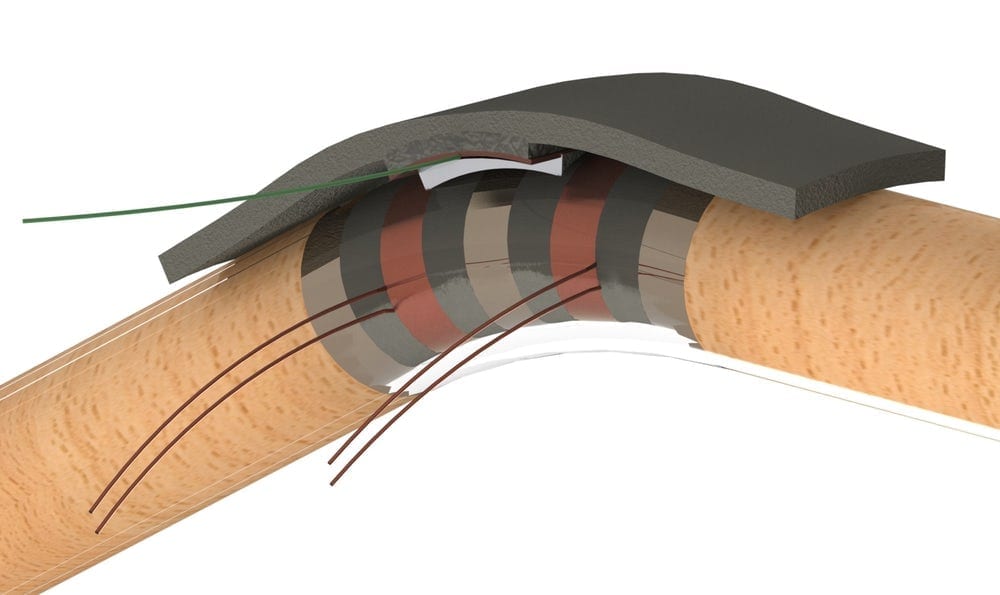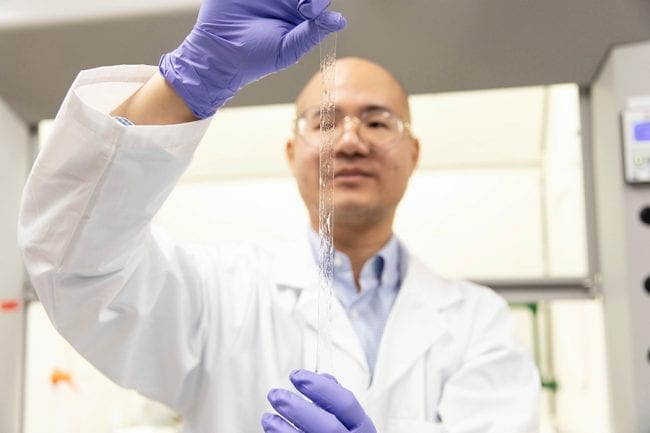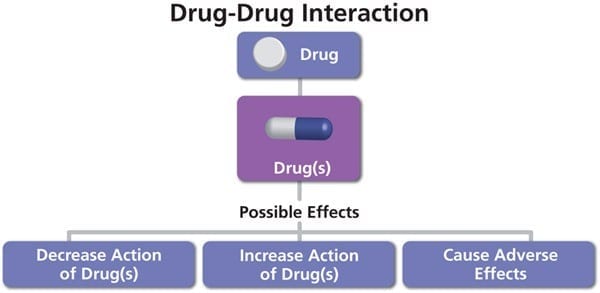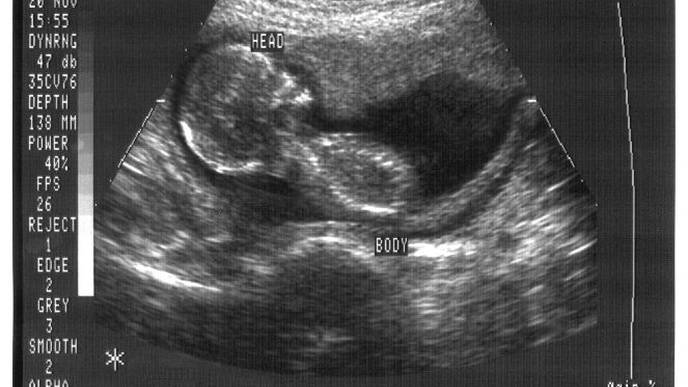
(Credit: Hassan Askari)
A self-powered sensor developed at the University of Waterloo could allow doctors to remotely monitor the recovery of surgical patients.
The small, tube-like device is designed to be fitted to braces after joint surgery to wirelessly send information to computers, smartphones or smartwatches to track range of motion and other indicators of improvement.
“That data would be continuously collected, so it would be as though the physician or physiotherapist was always there, always observing the patient,” said Hassan Askari, an engineering doctoral candidate at Waterloo.
The same sensor could also be used in a variety of other ways, including in the tires of autonomous vehicles to detect and respond to icy roads.
A prototype built and tested by the researchers combines electromagnetism and triboelectricity, a relatively new energy harvesting technique that involves bringing different materials together to produce current.
When bent or twisted, the device generates enough electricity for sensing and powering electronic circuits for processing and wireless signal transmission.
“The aim was to develop a sensor that works without having a battery attached to it,” said Askari. “It is its own power source.”
That makes the device well-suited for applications that put a premium on reliability and where it would be difficult or expensive to replace worn-out batteries.
Askari estimated the sensors – about six centimetres long and one centimetre wide – could be commercially manufactured for $5 to $10 each.
Research is now focused on making them smaller and more sensitive using triboelectricity alone. Software is also being developed to process signals for the tire application.
When attached to the inside of tires, they could sense changing road conditions and instantly send information to control systems to enable self-driving vehicles to make adjustments.
“Based on the forces, the interaction between the road and the tires, we could actually detect ice or rain,” said Askari. “That is extremely important information for autonomous driving.”
Learn more: New sensor could help doctors monitor patient progress from a distance
The Latest on: Self-powered sensor
[google_news title=”” keyword=”self-powered sensor” num_posts=”10″ blurb_length=”0″ show_thumb=”left”]
via Google News
The Latest on: Self-powered sensor
- Samsung Galaxy A15 5G review: Should you buy it?on April 26, 2024 at 11:40 am
The Samsung Galaxy A15 5G delivers solid features and performance for $200. Find out more in this Samsung Galaxy A15 5G review.
- ON Semiconductor: A Smart Way To Capitalize On The Semiconductor Industryon April 26, 2024 at 10:13 am
OnSemi supplies chips to end markets currently in a cyclical downturn, causing revenue to decline. Click here to read an analysis of ON stock now.
- 12 Vital Security System Maintenance Tasks You’re Skipping—And How That Makes Your Home Vulnerableon April 26, 2024 at 8:46 am
Learn More › Installing a security system is a great way to boost home security and grant you peace of mind that you, your family, and your belongings are safe. Security system maintenance is crucial ...
- Whisker Litter-Robot 4 review: This $700 self-cleaning litter box outperformed every other box we testedon April 24, 2024 at 2:01 pm
The Whisker Litter-Robot 4 is a reliable self-cleaning litter box. We weighed its pros and cons against eight other automatic boxes before naming it the best.
- Introducing Wi-Fi 7 access points that deliver moreon April 24, 2024 at 6:05 am
Achieve enhanced secure connectivity, maximized performance, increased IoT and location capabilities, and even more data processing at the edge with the new 700 Series Wi-Fi 7 access points.
- If You Work From Home, Here’s 6 Tips To Create The Perfect WFH Officeon April 23, 2024 at 8:31 pm
Whether you have a dedicated home office or a space carved out in the living room, these tips can help to make it stylish, functional, and ergonomic.
- Luminar starts shipping lidar for Volvo EX90 — while readying its next-gen sensoron April 23, 2024 at 3:00 pm
The order of lidar sensors to Volvo, which Luminar notes is worth $4 billion, comes after Volvo announced last year that it had to push production start of the EX90 to early 2024. At the time, the ...
- SimpliSafe Expands Live Guard Service With New Home AI Featureson April 23, 2024 at 1:16 pm
SimpliSafe is rolling out AI detection for friendly faces if you use its home monitoring. Here's exactly what to expect from the new service.
- TAPCO Announces New Wrong-Way Alert Systems, Powered by Boschon April 23, 2024 at 10:04 am
Through this new partnership, TAPCO Wrong-Way Alert Systems have been updated with state-of-the-art technology, including Bosch’s latest ITS cameras, featuring edge-enabled video analytics for roadway ...
- Researchers pioneer sensor multiplexing for real-time decoding of different plant stresseson April 23, 2024 at 6:25 am
Science X is a network of high quality websites with most complete and comprehensive daily coverage of the full sweep of science, technology, and medicine news ...
via Bing News




